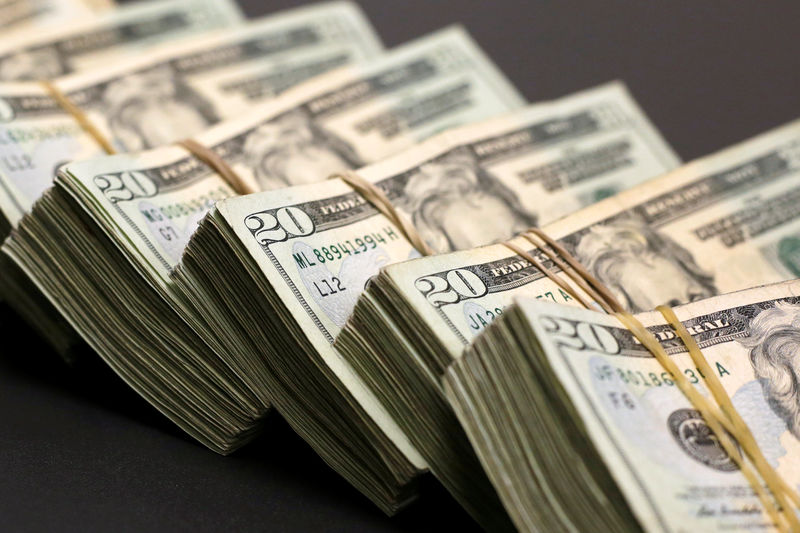Oklo stock tumbles as Financial Times scrutinizes valuation
Investing.com-- Most Asian currencies kept to a tight range on Monday, while the dollar steadied from recent losses as markets awaited more cues on U.S. interest rates from the Federal Reserve and key payrolls data this week.
Focus was also on China’s annual congress this week, where the government is widely expected to unveil more stimulus measures to support Asia’s largest economy.
Dollar muted with Powell testimony, nonfarm payrolls on tap
The dollar index and dollar index futures moved little in Asian trade on Monday, after clocking two straight weeks of losses. The greenback was hit by growing conviction that the Fed will begin cutting interest rates in June.
Softer-than-expected consumer sentiment data and in-line PCE price index data fueled this notion over the past week.
Speculation over interest rates put an upcoming testimony by Fed Chair Jerome Powell squarely in focus, where analysts expect him to largely reiterate that interest rates will remain sticky in the near-term.
“We expect him to stick pretty much to the same script he has been using since the January FOMC meeting, namely: the Fed needs more convincing evidence that inflation is on track to get back to 2%,” ANZ analysts wrote in a note.
Focus this week is also on nonfarm payrolls data for February, due Friday, given that labor market strength is also one of the Fed’s main considerations for adjusting interest rates.
Anticipation of more Fed cues kept Asian markets rangebound. The Japanese yen hovered around the 150 mark to the dollar, with key Tokyo inflation data due on Tuesday set to offer more cues on the Japanese economy.
The Australian dollar was flat ahead of fourth-quarter GDP data, which is expected to show some resilience in the Australian economy.
The Singapore dollar and South Korean won were flat, while the Indian rupee fell slightly after clocking some gains last week following stronger-than-expected GDP data.
Chinese stimulus cues awaited, yuan muted
The Chinese yuan tread water on Monday, with traders keeping away from big bets before the 2024 National People’s Congress.
Beijing is widely expected to roll out more stimulus measures to support a slowing economic recovery, especially as it grapples with a property market crisis and a worsening deflationary trend.
The Chinese government is also set growth targets for the year, with analysts predicting a GDP target of 5%, same as 2023.
